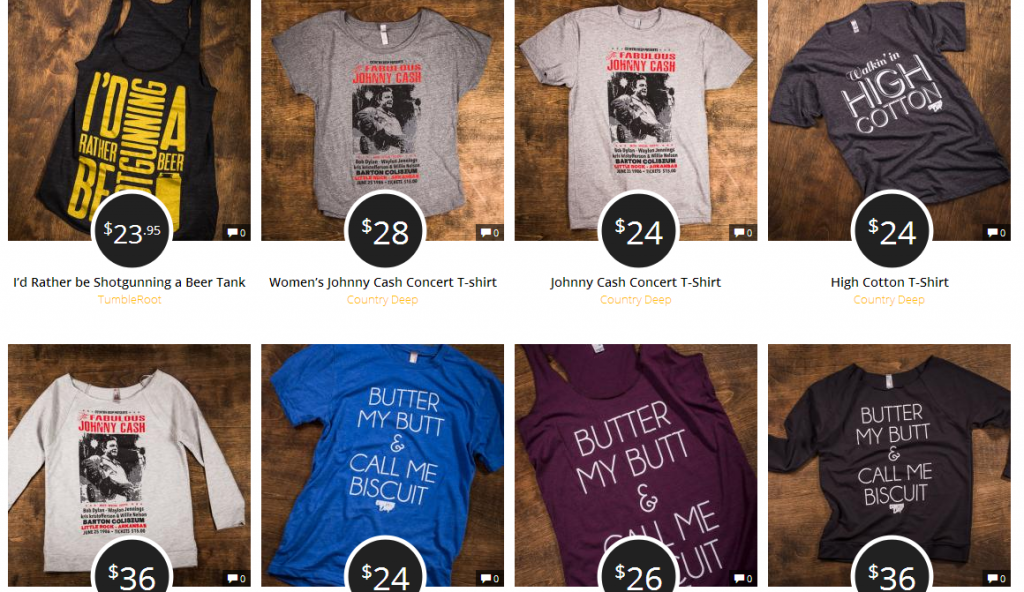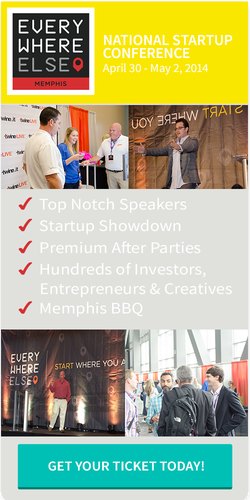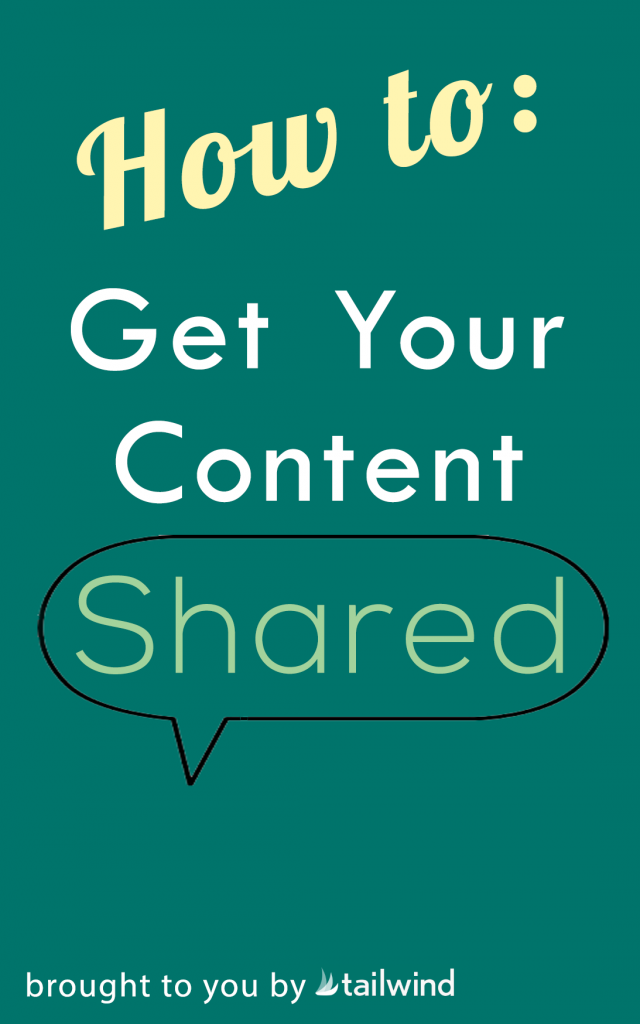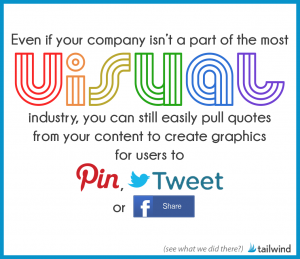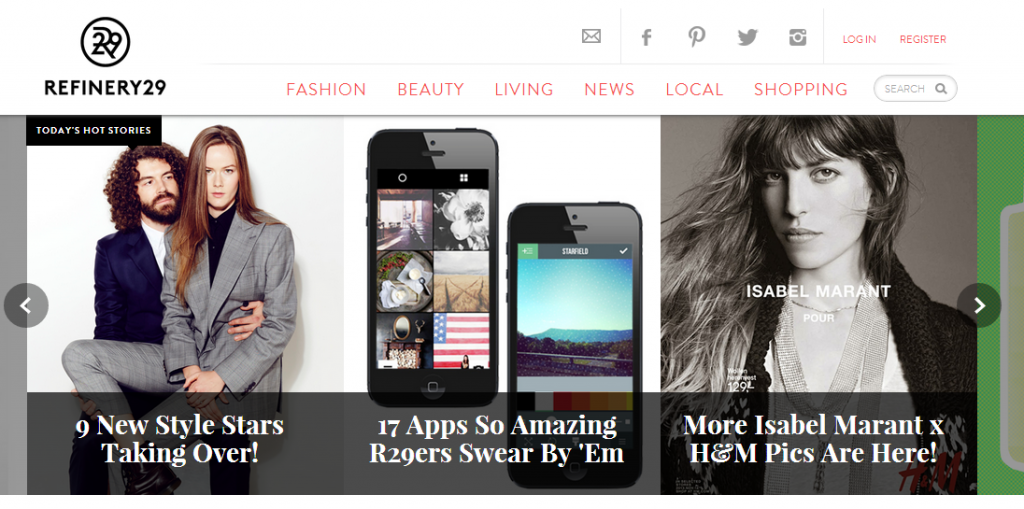I was born and raised in Kansas City, so as you can probably guess, I’ve had baseball on the mind the past few months. Although my team didn’t clinch the championship, the journey made me realize that the process of making it to the World Series is similar to launching a blog, especially when it’s a new experience for the entire team.
Whether you manage a blog or not, the advantages of pushing out relevant content to your customers probably aren’t news to you. A company blog gives your brand a voice and an outlet for educating your audience and building meaningful connections.
Although many companies acknowledge these benefits, few have produced a blog that actually accomplishes these goals. And if you’re still on the fence about the ROI of blogging, know that companies that blog are 13 times more likely to drive positive ROI than those that don’t. But winning at blogging — like baseball — starts with a solid strategy.
Building a Winning Game Plan
You don’t just wing it when you go into the World Series — you develop a strategy that maximizes each player’s strengths. Creating an effective blog is more complicated than throwing up a few posts on a website. It takes vision to plan content that addresses specific customer concerns.
Without a solid content strategy, you run the risk of creating content that doesn’t advance your goals, confuses your audience, or comes off as generic. This won’t get you the organic ranking, social media shares, and audience engagement you’re looking for.
If you want your blog to knock it out of the park, you need to use the following tactics to build a winning strategy:
1. Analyze your players’ strengths.
Similar to a ball club, each of your team members has unique strengths that you must identify. Determine which topics fall under their specific areas of expertise, and let them run with it.
2. Find a good rotation.
Create an editorial calendar to schedule team members to blog each day, and figure out how often each person will contribute. Writing too much might burn someone out, but not giving employees enough opportunities could cause them to lose motivation. Set clear deadlines, and establish a strict publishing schedule so employees feel a sense of urgency and responsibility.
3. Remember that sometimes it’s wiser to bunt.
Don’t let your team worry about hitting a home run with every post. It’s not about being the best writer; it’s about consistently crafting relevant content that delivers value for your readers.
4. Bring in a pinch hitter.
If your team falls into a slump or has trouble thinking of new topics, invite a guest blogger to contribute, preferably an industry leader, influencer, or client who can add credibility to your blog, attract a larger audience, and inspire new ideas.
5. Have a great closer.
Find out who’s the best editor on your team, and have that person polish each post before publication. If no one on your team is right for the task, hiring an outside party or freelancer is an efficient and cost-effective way to cover your bases.
6. Pay attention to the stats.
Stats are everything in baseball, and they’re also key to understanding the aspects of your blog that are working. If shorter, punchier headlines generate more views and shares, consider sticking to this format for future posts. Make sure you’re constantly refining your strategy.
7. Remember that it’s just a game.
With all the pressure and stress surrounding their performance, baseball players can easily forget that at the end of the day, they’re playing a game. Make blogging fun for your team members by encouraging their creativity and positioning it as a way for them to share their unique insights with others.
Like baseball, a winning strategy will get your business noticed. A team that equips its players for success will attract more fans and viewers and sell more tickets. And by consistently publishing quality content on your blog, you can enjoy comparable perks.
Now get out there and play blog.
Brock Stechman is the co-founder of DivvyHQ, the simplest and most effective content planning and production workflow system available. Connect with him on Twitter.



